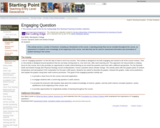
I use an "engaging question" on the first day of class in all of my courses. This activity is designed to be both engaging and central to all of the course content. That is, the activity is designed around questions that we can keep coming back to, over and over, after each learning unit. This approach not only provides a unifying focus for the course, but it also provides an opportunity to model critical thinking as we revisit the question each time with a different perspective. For the Dynamic Earth and Global Change (the Physical Geology course at Macalester) I chose a question about climate change. The activity starts with two graphs (plots of surface temperature and atmosphere CO2 composition for the past 1,000 years). Students are asked to describe the graphs, interpret the graphs, make some predictions, and explain the graphs using basic earth science processes.
(Note: this resource was added to OER Commons as part of a batch upload of over 2,200 records. If you notice an issue with the quality of the metadata, please let us know by using the 'report' button and we will flag it for consideration.)
- Subject:
- Applied Science
- Biology
- Education
- Environmental Science
- Information Science
- Life Science
- Mathematics
- Measurement and Data
- Statistics and Probability
- Material Type:
- Activity/Lab
- Lesson Plan
- Provider:
- Science Education Resource Center (SERC) at Carleton College
- Provider Set:
- Teach the Earth
- Date Added:
- 08/18/2019
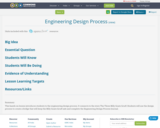
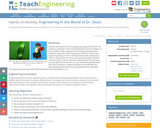


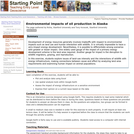
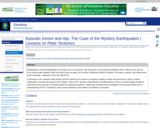

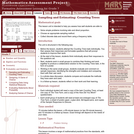
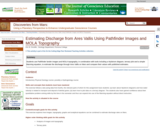
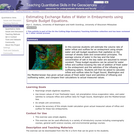
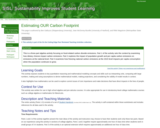
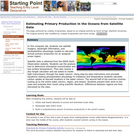
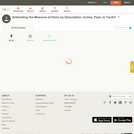
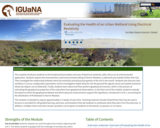
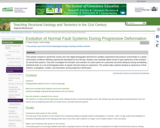
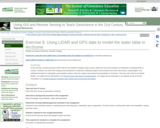
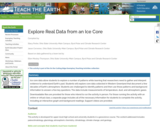
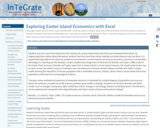
![Exploring Marine Primary Productivity with Descriptive Statistics and Graphing in Excel [version 1.0]](https://oercommons.org/static/newdesign/images/materials/default-thumbnail-index.png)